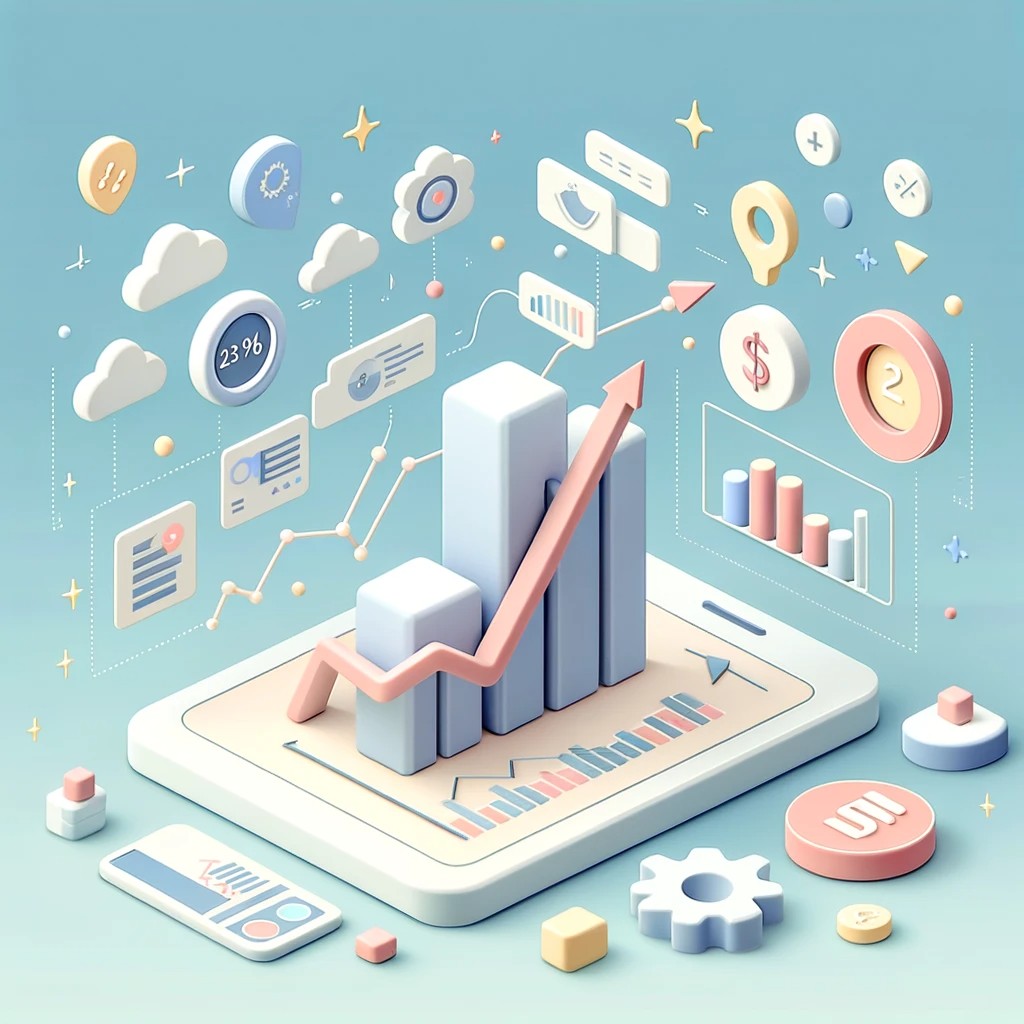
Developing a Robust Disaster Recovery Plan for Your SaaS Platform
In today's digital-first world, the resilience of B2B SaaS companies, marketplaces, and payment processors is more critical than ever. The introduction of embedded lending services further complicates the landscape, adding layers of regulatory and operational complexity. A robust disaster recovery plan (DRP) is not just a safety net; it's a foundational component of a reliable platform. This article explores the essential steps and considerations for developing a DRP that ensures your SaaS platform can withstand, recover from, and thrive after any disaster.
Understanding the Stakes
The stakes of operational disruptions for SaaS platforms, especially those dealing with financial transactions like embedded lending, are high. Downtime can lead to significant financial loss, data breaches, and a tarnished reputation that can take years to recover. In the context of B2B relationships, where trust and reliability are paramount, the impact of such disruptions is magnified.
Key Components of a Disaster Recovery Plan
Risk Assessment and Business Impact Analysis
Start by identifying potential risks, from natural disasters to cyber-attacks, and assess their likelihood and potential impact on your operations. This assessment should include the specific risks associated with embedded lending services, such as compliance breaches or financial fraud.
Disaster Recovery Strategies
Develop strategies for each identified risk, focusing on minimizing downtime and data loss. This may include data backup solutions, failover systems, and alternative operational arrangements. For platforms offering embedded lending, ensure that these strategies comply with financial regulations and protect sensitive customer data.
Implementation Plan
Outline the steps required to implement your DRP, including the setup of backup systems, data encryption methods, and the establishment of communication channels for crisis management. Clearly define roles and responsibilities within your team to ensure swift action when needed.
Testing and Maintenance
Regular testing of your DRP is crucial to ensure its effectiveness. Conduct simulated disaster scenarios to identify any weaknesses and update your plan accordingly. Keep your DRP up-to-date with new technologies, emerging risks, and changes in business operations or regulatory requirements related to embedded lending.
Training and Awareness
Educate your employees about the DRP and their specific roles during a disaster. Regular training sessions can help ensure that everyone is prepared to act quickly and efficiently in an emergency.
Leveraging Technology for Enhanced Resilience
Modern DRPs for SaaS platforms should leverage the latest technology solutions, including cloud-based backups, automated failovers, and advanced cybersecurity measures. For platforms with embedded lending, integrating secure, cloud-based financial services can provide additional layers of security and operational redundancy.
Regulatory Considerations for Embedded Lending
Ensure your DRP addresses the unique regulatory requirements of embedded lending. This includes compliance with financial regulations, data protection laws, and reporting obligations in the event of a disaster. Collaboration with legal and financial experts can help navigate these complex requirements.
Developing a robust disaster recovery plan is essential for protecting your SaaS platform against the unexpected. By understanding the unique challenges and opportunities presented by services like embedded lending, you can create a comprehensive DRP that safeguards your operations, data, and reputation. Remember, the goal of a DRP is not just to recover from disasters but to emerge stronger and more resilient than before.
#DisasterRecoveryPlan #SaaSResilience #EmbeddedLending #B2BSaaS #PaymentProcessing #DataProtection #Cybersecurity #OperationalRedundancy #RiskAssessment #Compliance #FinancialRegulations #CloudBackup #FailoverSystems #CrisisManagement #RegulatoryCompliance #DataEncryption #TechnologySolutions #BusinessContinuity #SaaSSecurity #DigitalTransformation














































.png)




















































































































.png)





.png)







